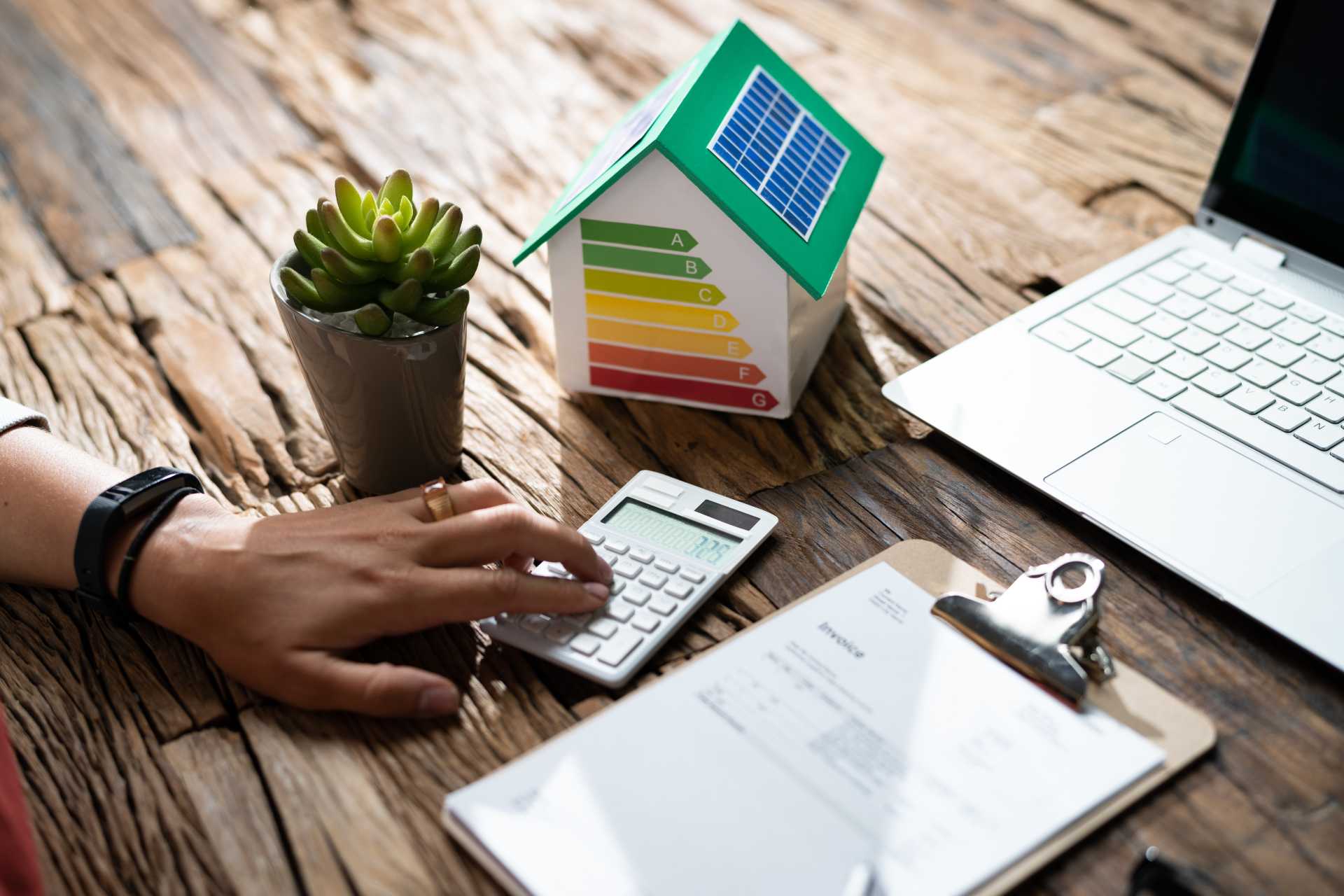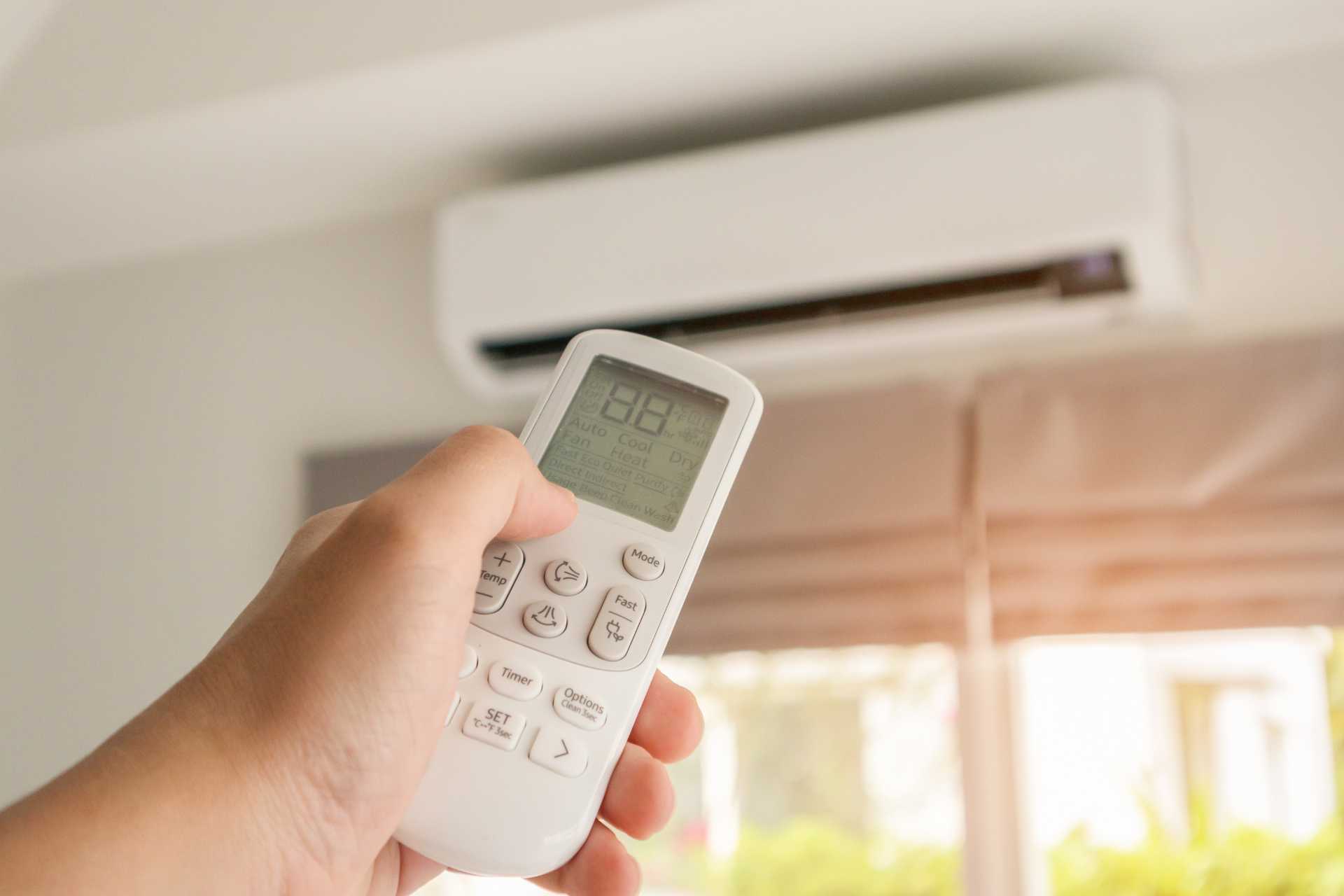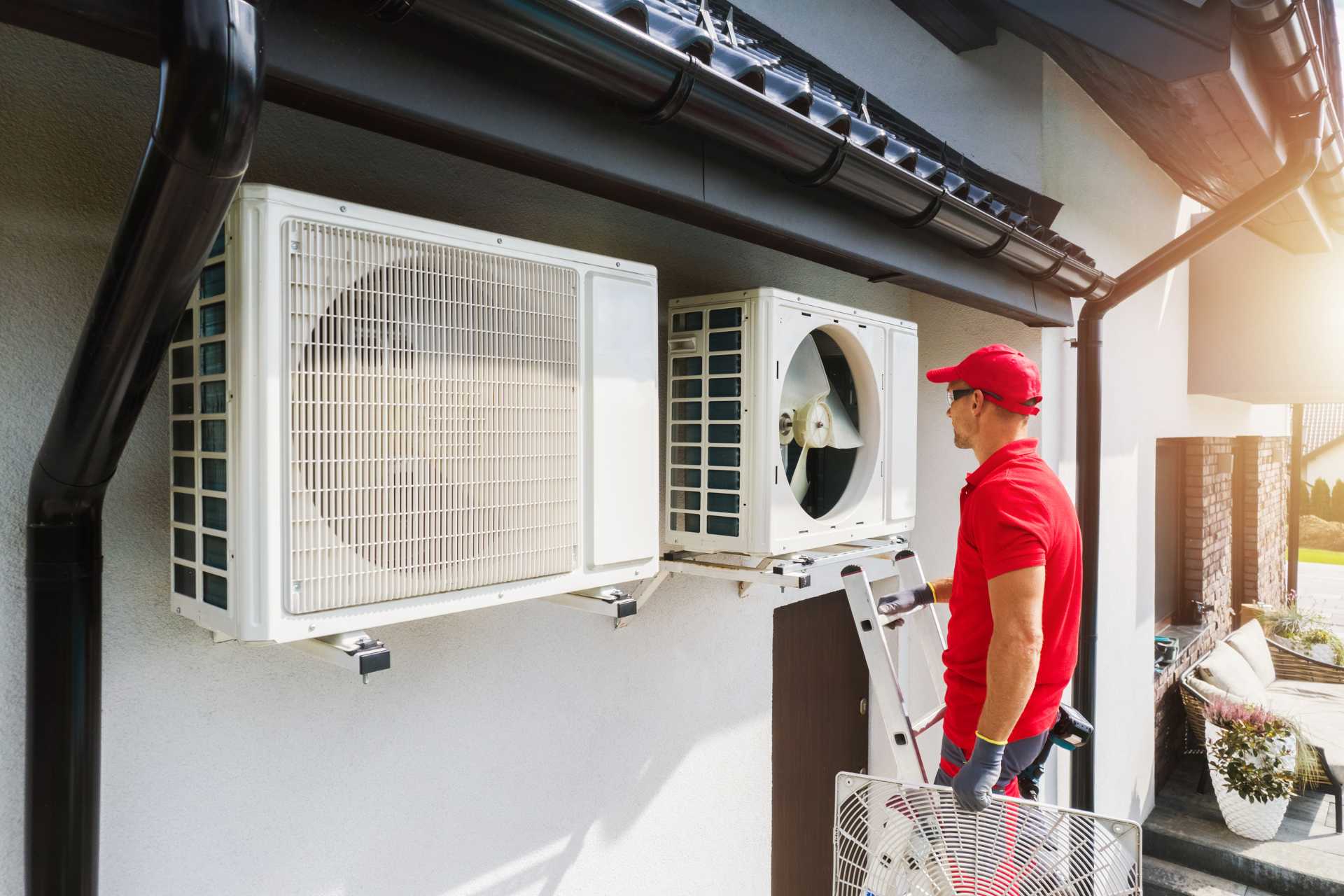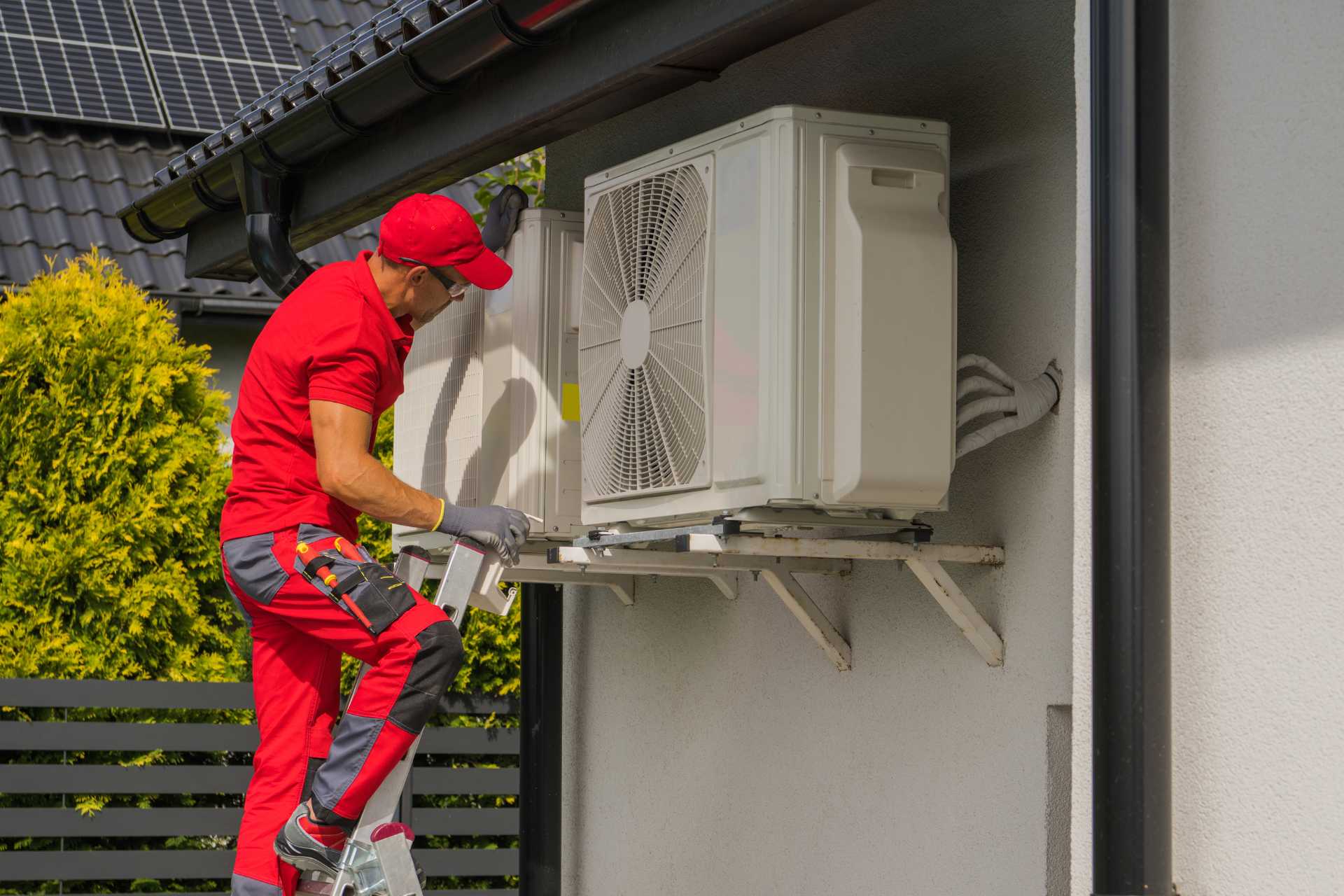7 Surprising Home Upgrades That Quietly Slash Your Energy Bills

Many homeowners are shocked by high energy bills, even after diligently using common energy-saving tips like LED bulbs or thermostat adjustments. Frustration arises when these efforts don’t yield expected results. However, some of the most effective energy-saving upgrades are often overlooked. These “quiet achievers” work diligently, making a substantial difference to energy consumption without fanfare. These less obvious improvements often lead to significant savings and increased home comfort.
This post reveals seven surprising home improvements that can significantly dent energy consumption and costs. These upgrades often bring added benefits like enhanced comfort and increased home value. Identifying the best course of action might involve consulting professionals, like a reputable HVAC Company, to assess specific needs. By exploring these often-overlooked yet highly effective upgrades, homeowners can unlock substantial energy savings and create a more efficient living environment.
- Upgrade #1: Insulated Siding – More Than Just a Pretty Face
- Upgrade #2: Smart Exterior Paints and Coatings – A Reflective Shield
- Upgrade #3: Air-Sealed Electrical Boxes and Outlets – Plugging the Tiny Leaks
- Upgrade #4: Properly Designed Overhangs and Shading Features – Nature’s Thermostat
- Upgrade #5: Garage Door Insulation – The Forgotten Thermal Barrier
- Upgrade #6: Light-Coloured Hardscaping – Cooling Your Microclimate
- Upgrade #7: Properly Sized HVAC Systems (Via Load Calculations) – Right-Sizing for Efficiency
- Unlocking Savings in Unexpected Corners
Upgrade #1: Insulated Siding – More Than Just a Pretty Face
Most view siding for aesthetics and weather protection, often not recognizing its potential as an active energy saver. Surprisingly, the right kind of siding does more than improve curb appeal; it can be a formidable barrier against energy loss. This is especially true for insulated siding, which incorporates a rigid foam insulation backing. This feature transforms a home’s exterior into a more effective thermal shield.
Its effectiveness lies in reducing “thermal bridging”—heat escaping through wall studs, which are less insulated than wall cavities. Insulated siding creates a continuous insulation blanket over studs, significantly minimizing this heat transfer. This helps maintain consistent indoor temperatures, reducing HVAC workload. This upgrade is particularly effective for older homes with less wall insulation, offering a substantial energy efficiency boost. Beyond energy savings, it improves noise reduction, increases impact resistance, and can extend the exterior finish’s lifespan. Consider this during re-siding or new construction for maximum benefit.
Upgrade #2: Smart Exterior Paints and Coatings – A Reflective Shield
Exterior paint is typically chosen for its colour and ability to protect surfaces from weathering, not usually as a dynamic tool for managing internal temperature. However, innovative paint technologies now offer significant, surprising energy-saving potential. These “smart” or “cool” paints and coatings are formulated to do more than beautify; they actively reduce a home’s heat absorption from intense sunlight.
These advanced coatings reflect a greater portion of the sun’s infrared (IR) light, the primary source of solar heat gain. Standard dark paints absorb much of this IR light, heating the building’s envelope and increasing air conditioning demand. Reflective paints, however, contain special pigments that bounce this heat away. Applying these coatings to sun-drenched walls or roofing surfaces can quantifiably reduce surface temperature, lessening cooling needs and energy bills. Beyond direct energy savings, these coatings can extend the painted surface’s life by reducing thermal stress and improve indoor comfort in hot weather. For optimal results, apply these during routine exterior painting or re-roofing, looking for products with a high Solar Reflectance Index (SRI).
Upgrade #3: Air-Sealed Electrical Boxes and Outlets – Plugging the Tiny Leaks
It might be surprising that small wall penetrations for electrical outlets and switch plates can collectively cause significant air leakage and energy loss. Individually, these gaps seem insignificant. However, multiplied across a home, they represent numerous tiny drafts allowing conditioned air to escape and unconditioned air to enter. This constant, subtle exchange undermines efforts for a comfortable, energy-efficient indoor environment.
The solution is remarkably simple and cost-effective. Sealing these gaps with foam gaskets designed for outlets and switch plates, or using caulk, makes a noticeable difference. These materials create an airtight seal around electrical boxes, effectively stopping drafts. The cumulative effect of sealing these many small leaks substantially reduces energy drain, as the HVAC system works less to compensate for escaping conditioned air. Beyond energy savings, sealing these penetrations reduces drafts, improving indoor comfort. It can also potentially enhance indoor air quality by preventing outdoor pollutant entry. This is an easy, inexpensive DIY project for homeowners to tackle room by room.
Upgrade #4: Properly Designed Overhangs and Shading Features – Nature’s Thermostat
Architectural features like roof overhangs, eaves, and awnings are often considered mainly for aesthetics or basic rain shelter, not as sophisticated passive energy regulators. Surprisingly, when properly designed, these elements can act as a natural thermostat for a home, significantly reducing energy consumption without active energy use. This approach leverages passive solar design principles, working harmoniously with changing seasons.
Their effectiveness lies in strategic positioning and sizing to control solar heat gain. Correctly designed overhangs, awnings, pergolas, or even strategically planted deciduous trees block high summer sun. This prevents excessive heat from entering, reducing air conditioning demand. Conversely, in winter, when the sun is lower, these features allow warming sunlight through windows. This provides passive solar heating, reducing the furnace’s load. This “zero energy use” temperature regulation elegantly enhances comfort and saves energy. Beyond savings, such features enhance architectural appeal, create usable outdoor spaces, and protect windows and doors from weather. Incorporate these during home design, construction, or major renovations; retrofitting awnings is also viable.
Upgrade #5: Garage Door Insulation – The Forgotten Thermal Barrier
The garage door, especially in homes with attached garages, is often the largest uninsulated opening and a significant, frequently forgotten source of energy loss. Many homeowners are surprised how much an uninsulated garage door impacts overall thermal efficiency and energy bills. It acts as a massive thermal leak, allowing heated air to escape in winter and hot air to infiltrate in summer.
If the garage is attached, this temperature transfer significantly affects adjacent rooms’ comfort and forces the HVAC system to work harder. Insulating the garage door, using insulation kits or a new pre-insulated door, creates an effective thermal barrier. This buffers the garage against extreme outside temperatures, making it more comfortable for use as a workshop or gym. More importantly, it reduces temperature transfer to the main house, leading to noticeable energy savings. Additional benefits include reduced noise transmission and, sometimes, increased door strength. DIY insulation kits are cost-effective; consider a fully insulated door when replacing an old one.
Upgrade #6: Light-Coloured Hardscaping – Cooling Your Microclimate
When selecting materials for driveways, patios, and walkways, durability and aesthetics are usually primary concerns. Homeowners are often surprised that hardscaping choices also influence the microclimate around their home and, consequently, cooling energy consumption. Dark-coloured hardscaping, like asphalt driveways or dark pavers, absorbs and radiates significant solar heat.
This phenomenon contributes to a micro-scale “urban heat island effect,” raising ambient temperature. In contrast, light-coloured materials like white gravel, reflective concrete, or light-toned pavers reflect more sunlight and absorb less heat. This simple switch effectively lowers the temperature around the home. A cooler exterior means less heat transfers indoors, lessening the air conditioning load in warmer months. Beyond energy savings, light-coloured hardscaping makes outdoor spaces more comfortable in hot weather and can create a brighter landscape. This is a valuable consideration when installing new or replacing old, heat-absorbing hardscaping.
Upgrade #7: Properly Sized HVAC Systems (Via Load Calculations) – Right-Sizing for Efficiency
A common misconception is that a bigger HVAC system is always better. Many homeowners are surprised their system might be incorrectly sized, or a contractor simply replaced an old unit like-for-like without re-evaluation. An improperly sized HVAC system, too large or too small, leads to significant energy waste and reduced comfort.
Oversized systems, for instance, short-cycle (turn on and off too frequently). This is inefficient, prevents proper dehumidification (making air feel clammy), and stresses equipment, potentially shortening its lifespan. Conversely, undersized systems run almost constantly, struggling to meet demands, causing discomfort and excessive energy use. The professional solution is a “Manual J load calculation” or similar assessment. This detailed analysis considers home size, insulation, windows, orientation, climate, and air infiltration to determine precise heating/cooling capacity needed. Insisting on this calculation when replacing an HVAC system ensures the new unit is right-sized. A right-sized unit operates more efficiently, provides consistent temperatures, better humidity control, lasts longer, and could even mean a lower upfront cost if a smaller unit suffices.
Unlocking Savings in Unexpected Corners
Effective energy savings can indeed come from unexpected places. While conventional wisdom about changing light bulbs and adjusting thermostats holds value, these seven surprising upgrades demonstrate more. A deeper dive into a home’s construction and systems reveals significant opportunities to reduce energy consumption and lower daunting utility bills. Each improvement offers unique benefits, working quietly to make a home more efficient.
The collective impact of implementing several upgrades can lead to substantial reductions in energy use, far exceeding what common measures alone might achieve. Homeowners are encouraged to investigate these options for their properties, perhaps starting with the easiest or most impactful solutions for their specific situation and climate. Ultimately, smart energy use is not merely about making sacrifices; it is about making smart, sometimes surprising, investments in a more efficient, comfortable, and cost-effective home.



